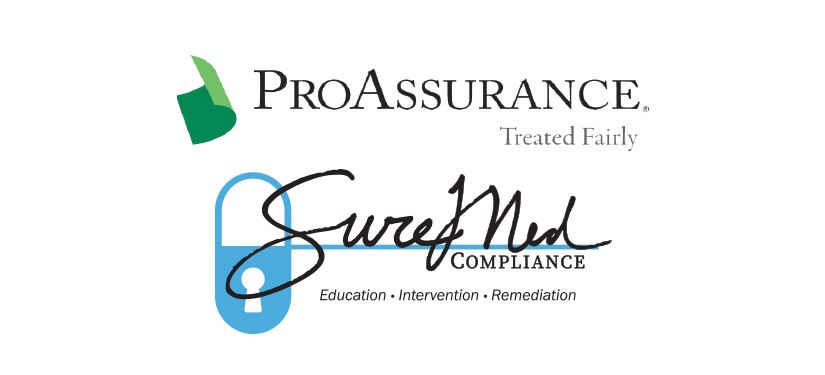Tag: management
-

Don’t Forget Your Risk Assessments!
Many medical practices are planning their Security Risk Assessments for the new year. Whether to better qualify for the 2019 Merit-based Incentive Payment System (MIPS) or to fulfill obligations to comply with the HIPAA Security Rule, a strong strategy now will reap benefits later. It’s a good time to remember what is required when conducting…
-

Evaluating and Managing the E/M Codes for 2019 and Beyond
Editor’s Note: This article is the first in a series of articles about notable changes in the 2019 Physician Fee Schedule Final Rule. In the 2019 Physician Fee Schedule (“PFS”) Proposed Rule, the Centers for Medicare and Medicaid Services (“CMS”) proposed some major changes to the PFS, including changes to the way Evaluation and Management…
-

CMS Releases Physician Payment Rule
This week CMS released the final physician payment rule for CY 2019. In addition to the changes to the physician fee schedule (slightly higher than the CY 2018 rate), the rule expands payment for telehealth and aligns physician interoperability requirements with hospital requirements and allows more flexibility in the physician quality reporting program. The rule…
-

Medical Association, AMA, Others Take a Stand on New CMS Rule
The Medical Association joined with the American Medical Association and more than 170 other organizations to support some components of CMS’ “Patients Over Paperwork” initiative, and say three of its components need to be enacted immediately to reduce “note bloat” redundancy, yet also to oppose a proposal to collapse payment rates for physician office visit services…
-

Big Changes Proposed for Evaluation and Management Services
It’s been more than 20 years since the 1997 revisions to Evaluation and Management guidelines, which focus mainly on physical examination. The 2019 proposed changes provide practitioners a choice in the basis of documenting E/M visits; alleviating the burdens and focusing attention on alternatives that better reflect the current practice of medicine. The implementation of…
-

ProAssurance and Sure Med Compliance Join to Fight Opioid Crisis
BIRMINGHAM ─ ProAssurance Corporation has announced an exclusive affiliation with Sure Med Compliance® (SMC) to promote the use of SMC’s Care Continuity Program® (CCP) in an effort to help combat the opioid epidemic in the United States. ProAssurance-insured physicians will be eligible for discounted access to Sure Med’s Care Continuity Program The CCP helps physicians…
-

Changes in Patient Access
Physicians have struggled with the impact of the Affordable Care Act since its passage in 2010, but there is a new, more powerful and insidious change underway which will have dramatic impact on all medical practices. The free enterprise system together with an emergence of the Millennial generation has begun to break medicine of some…
-

Are Tax Cuts Coming for the Small Business Owner?
While physician practices have many specialized health care compliance issues, most are, in essence, small businesses that face the same challenges as any small business. Taxes and regulations are among those challenges affecting all small businesses. And many owners are now eagerly awaiting alleviation of those challenges. According to the National Federation of Independent Business,…
-

Keep Calm & Carry On… Insight for Changes in Post-Election Uncertainty
The year 2017 is going to be a year of change like we have not seen for a very long time. For some, it’s a welcomed change. For others, it’s not. The uncertainty of the details/extent of the changes makes planning difficult, if not impossible. As a business owner, you want to be prepared. So…